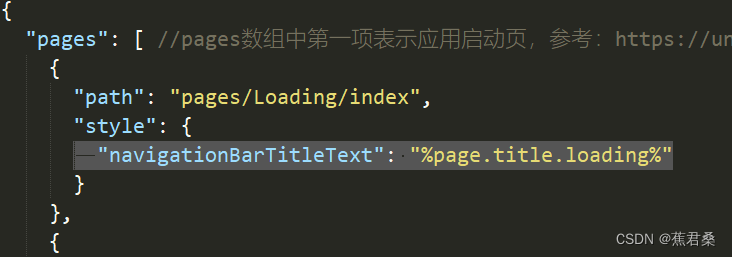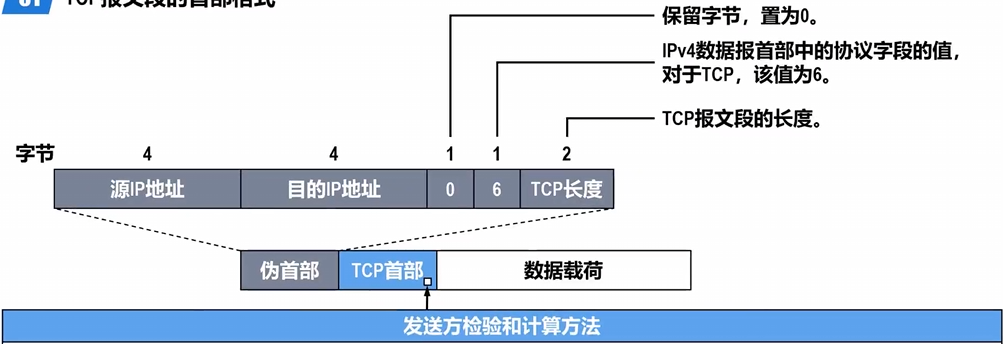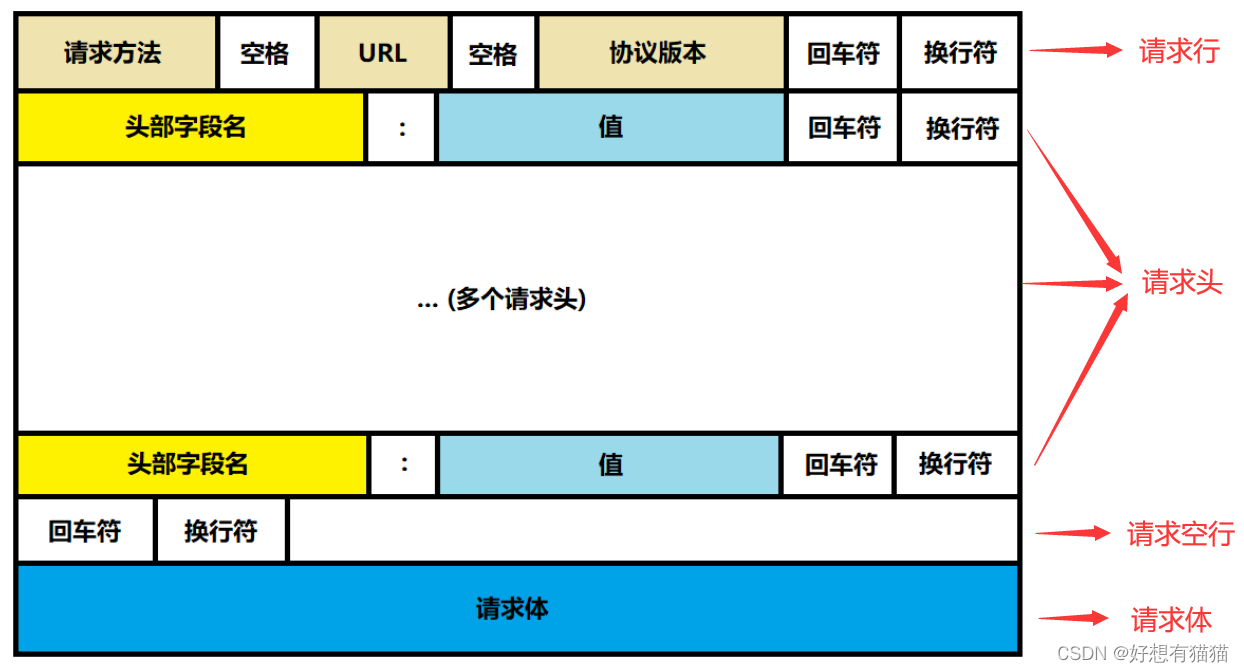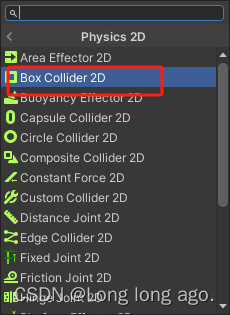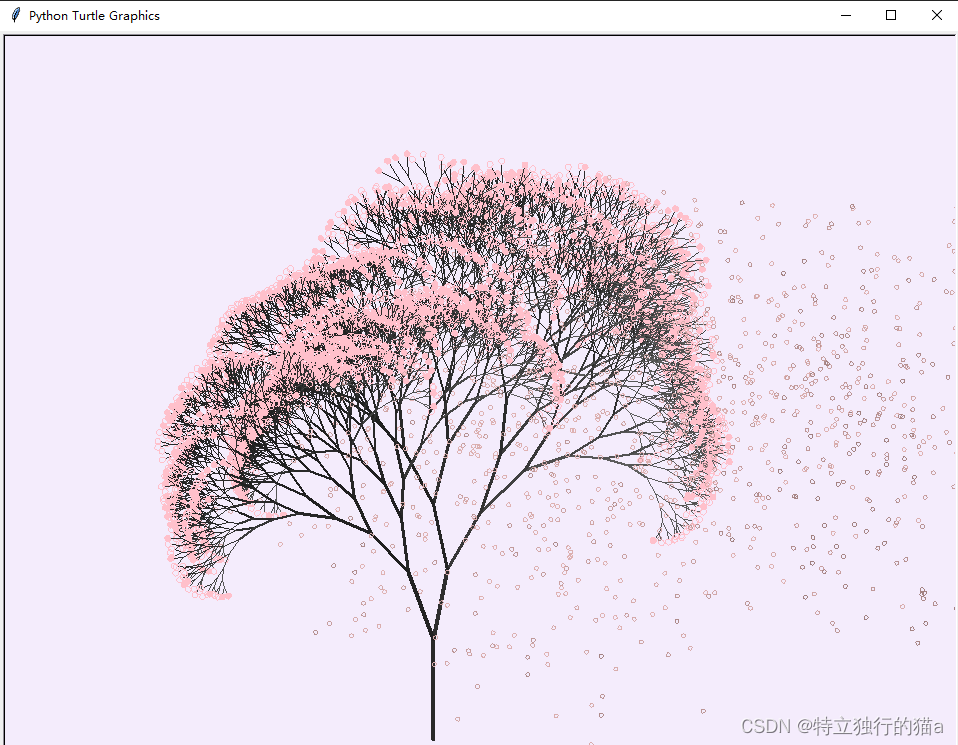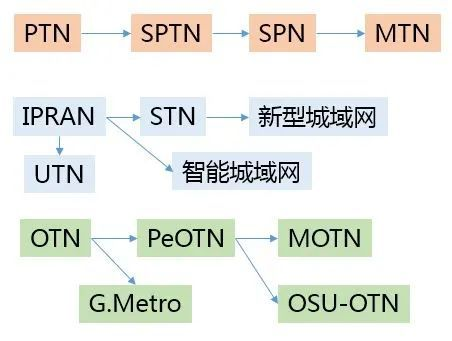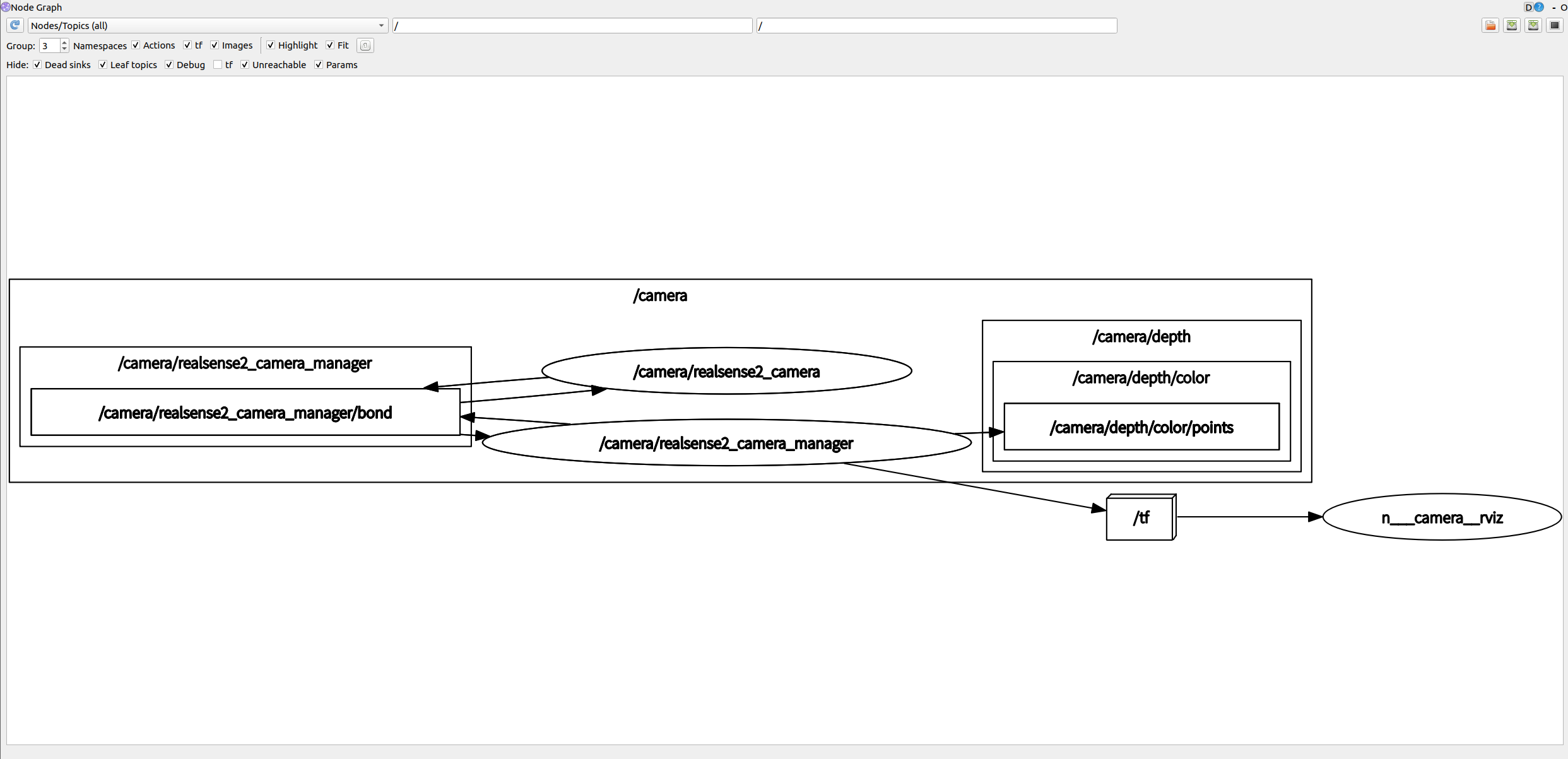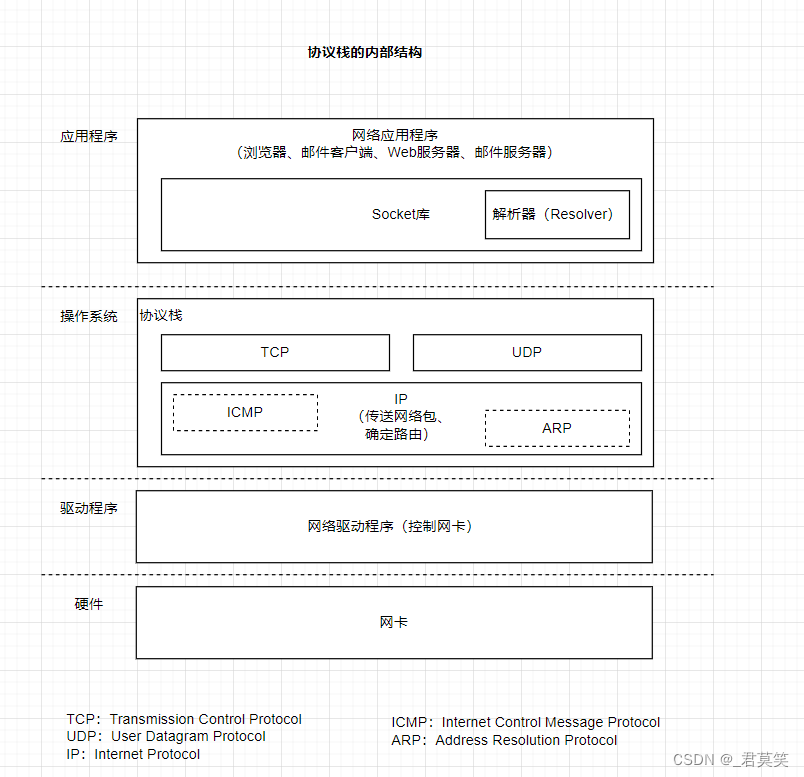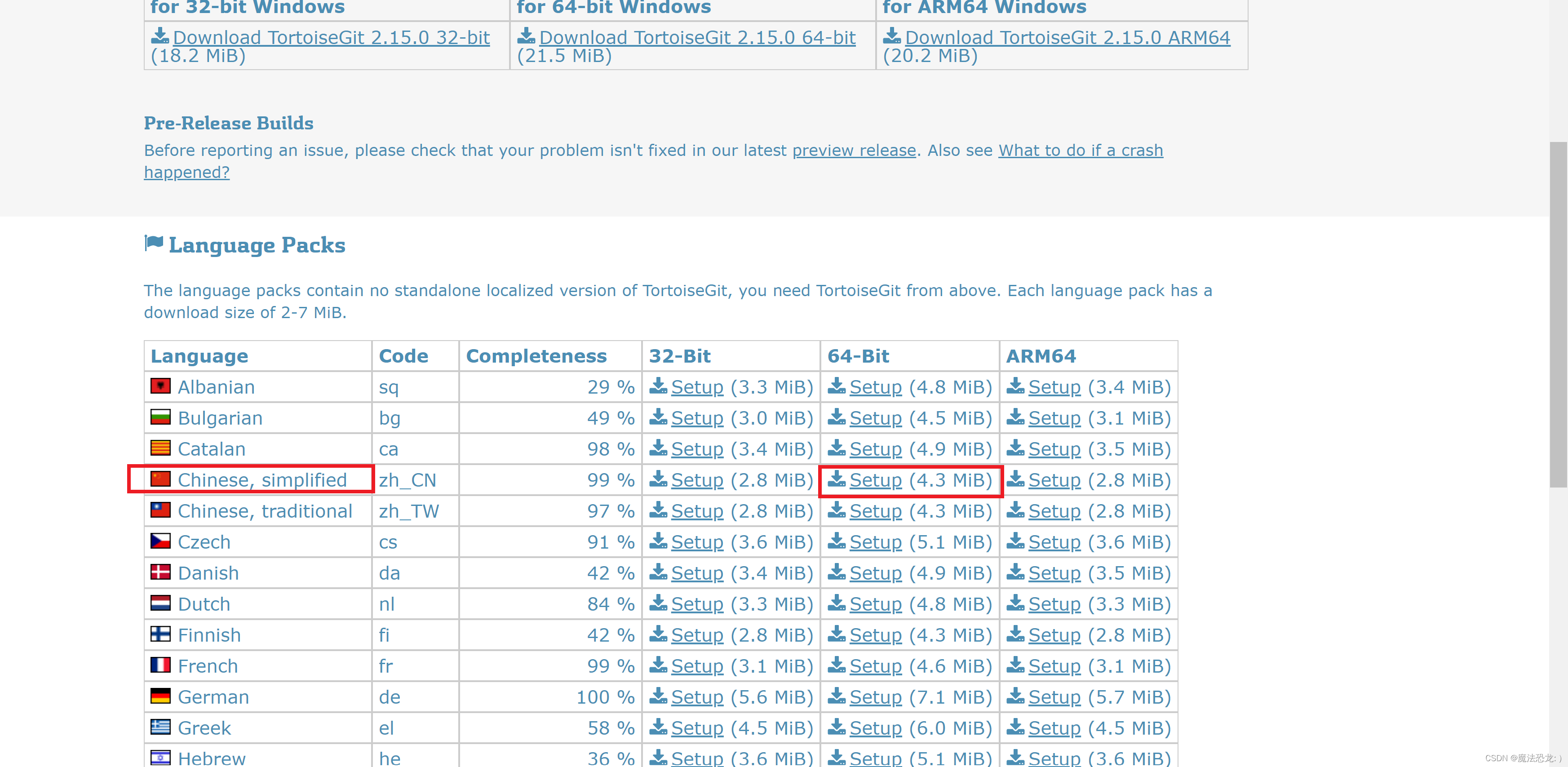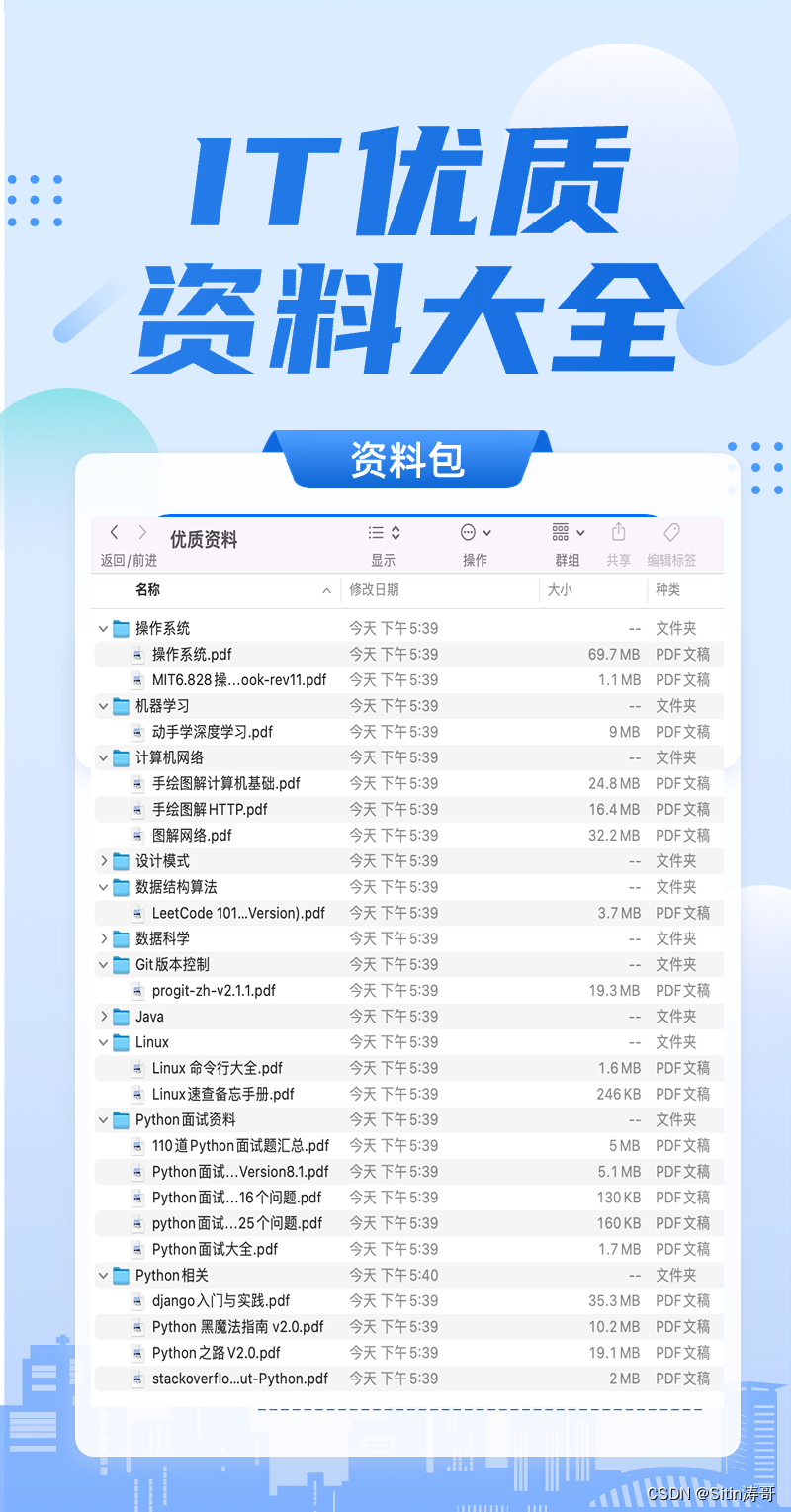前言:uniapp是自带有i18n这个插件的,如果没有npm安装即可
此插件需要自己去给每一个需要国际化的字符去手动配置key,所以如果是已经完成的项目可能工作量就稍微有点大了
第一步:
语言命名是有规范的不能乱取名,具体可以参考国际语言代码
在根目录创建locale文件夹用来存放你需要用到的语言包
zh-Hans.json---中文简体语言包,
zh-Hant.json---中文繁体语言包,
en.json---英文语言包,
es.json---西班牙语语言包,
index.js存放相关方法
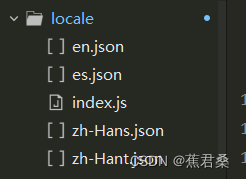
index.js
注意:new实例的时候在这里面new比较好,不要去什么main.js里面new然后再挂载,因为在国家化的过程中,有很大概率在外部js中也有文字需要国际化,这时就没办法在外部js访问到国际化实例了
import en from './en.json'//英语语言包
import zhHans from './zh-Hans.json' // 中文简体
import zhHant from './zh-Hant.json' // 中文繁体
import es from './es.json' // 西班牙语言包
import Vue from 'vue'
import VueI18n from 'vue-i18n'
Vue.use(VueI18n)
const lang = uni.getStorageSync('language') || 'en';//获取缓存中的语言
// VueI18n构造函数所需要的配置
const i18nConfig = {
locale: lang,//当前语言
// 所需要用的语言包
messages:{
en,
'zh-Hans': zhHans,
'zh-Hant': zhHant,
es
}
}
const i18n = new VueI18n(i18nConfig)
export default i18n
json包示例:
如tabBar.home为首页tabbar对应的key,key后面的值代表当前的语言环境文字,中文环境下为“首页”,英文环境下为home,
注意:命名规则
key值必须要是唯一的,key值可以是中文,但是尽量不要这么做,
json可以多层对象形式,使用的时候可以通过.key来获取
key命名的时候尽量语义化一点
中文: 英文
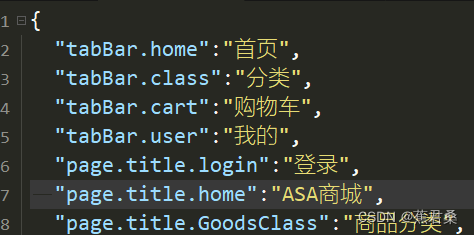

第二步:
将i18n引入到main.js,然后传给Vue实例来保证在任何页面都可以快速访问到i18n实例
import i18n from './locale/index.js'
const app = new Vue({
...App,
i18n,//
})第三步:切换语言
此处主要用到两个方法:uni.setLocale(),this.$i18n.locale
uni.setLocale()用来切换系统或应用语言环境,调用此方法后会重启整个应用
this.$i18n.locale 用来切换实际语言
注意:uni.setLocale()方法需要在this.$i18n.locale切换语言之后再调用,否则app端会有问题,语言切换不能实时显示
此处因为外部js有点问题,所以切换语言后强制刷新了一下页面,实际无需刷新页面的
changeLanguage(){
uni.showActionSheet({
itemList: [
// this.$t('public.en'),
// this.$t('public.zh-Hans'),
// this.$t('public.es'),
'English',
'中文简体',
'Español',
// '中文繁体'
],
success: (res)=>{
//#ifdef H5
this.$router.go(0);//刷新页面,不然validate.js不好国际化
//#endif
//#ifdef APP-PLUS
uni.navigateTo({
url: '/pages/user/Login/index' // 要刷新的页面路径
});
//#endif
const language = [
{text:'英文',code:'en'},
{text:'中文简体',code:'zh-Hans'},
{text:'西班牙语',code:'es'},
// {text:'中文繁体',code:'zh-Hant'},
]
this.curLanguage = language[res.tapIndex].text;
this.$store.commit('changeLanguage',language[res.tapIndex].code);
uni.setStorage({key:'language',data:language[res.tapIndex].code})
this.$i18n.locale = language[res.tapIndex].code
uni.setLocale(language[res.tapIndex].code)//切换语言环境必须在this.$i18n.locale之后,否则app端会有意想不到的bug
},
fail: function (res) {
}
});
},第四部:使用
页面使用:直接用过$t()传入对应的json文件对应的key替换文字
<view class="item" :class="current === index ? 'on' : ''" v-for="(item, index) in navList"
@click="navTap(index)" :key="index">{{ $t('Login.type-login') }}</view>
</view>js使用:加个this
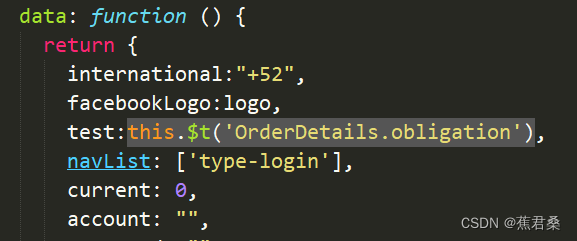
data里面使用:this.$t(),如果不生效可以将此值写入计算属性然后return出去,对于data里面的数组可以把文字换成对应的key,然后在html中{{$t(item.name)}}
外部js使用:导入import i18n from '@/locale/index',然后i18n.t()传入key,外部js不要加$符号

tabbar及页面顶部文字:%key%,用%包裹key值即可
第五步: 设置语言类型持久化及默认
主要是在设置语言的时候将当前的语言类型放入缓存,然后在加载的时候获取缓存里面的语言再设置语言即可,可以在应用的默认加载页面或者整个应用的onLoad里面写
onLoad() {
const lang = uni.getStorageSync('language')|| 'en';//获取缓存的语言设置
this.$i18n.locale = lang//设置语言
uni.setLocale(lang);//设置语言环境
this.$store.commit('changeLanguage',lang);
// 监听语言的切换
uni.onLocaleChange(e=>{
this.$store.commit('changeLanguage',e.locale);
});
},